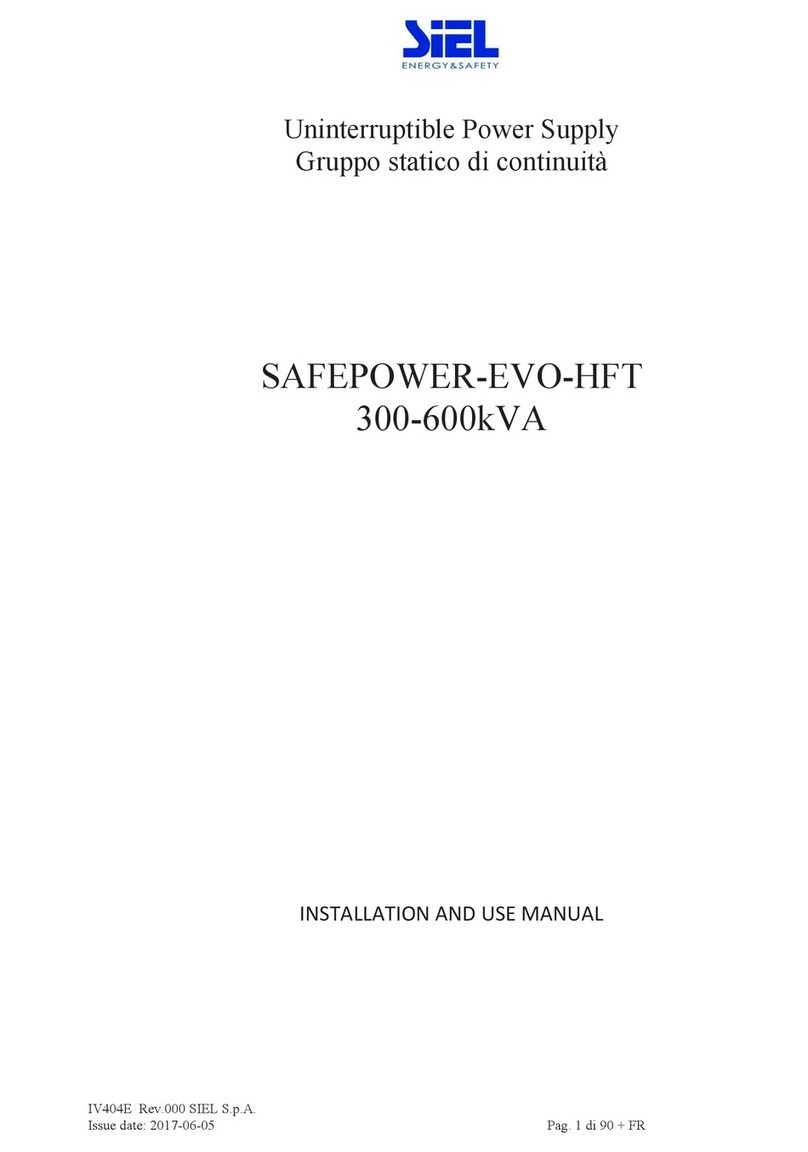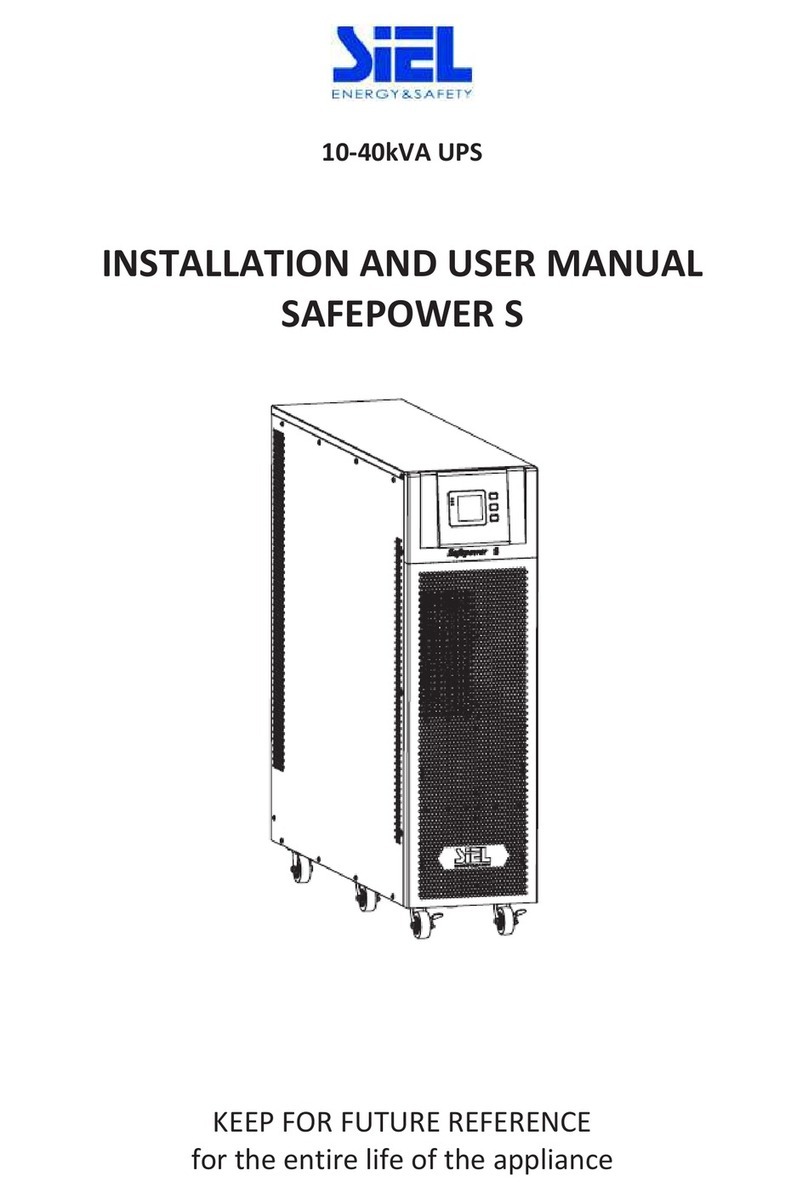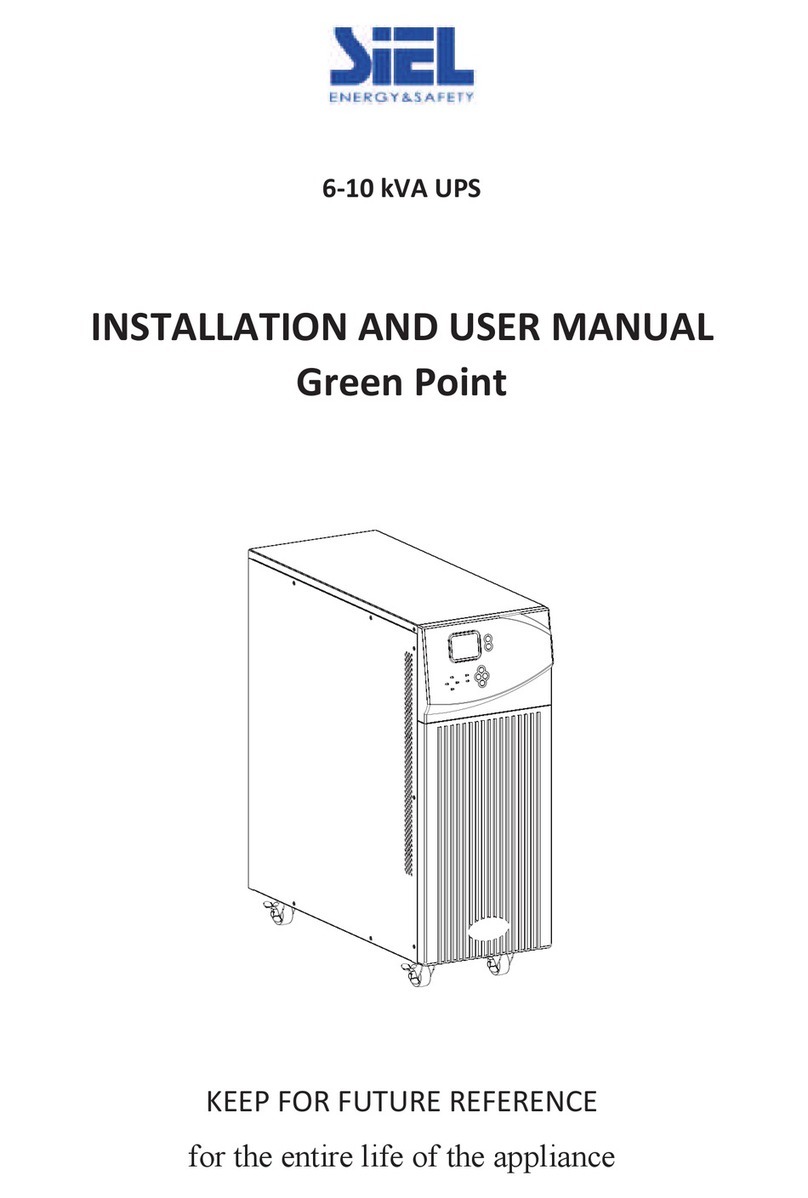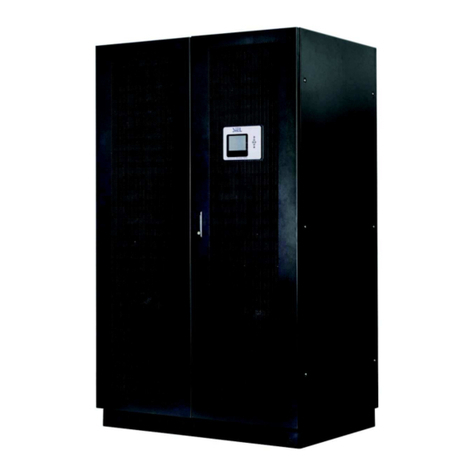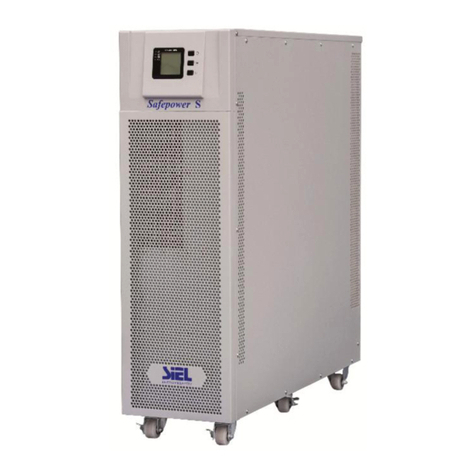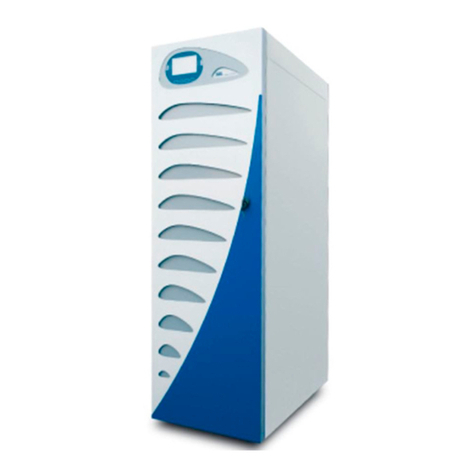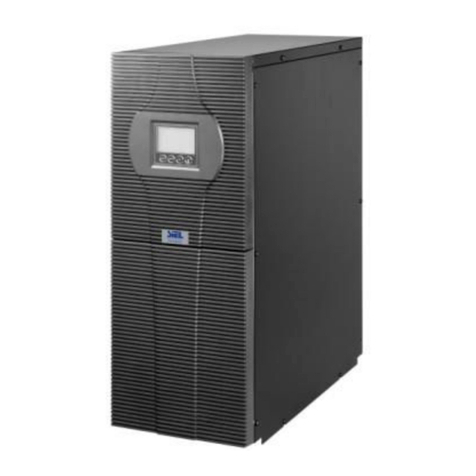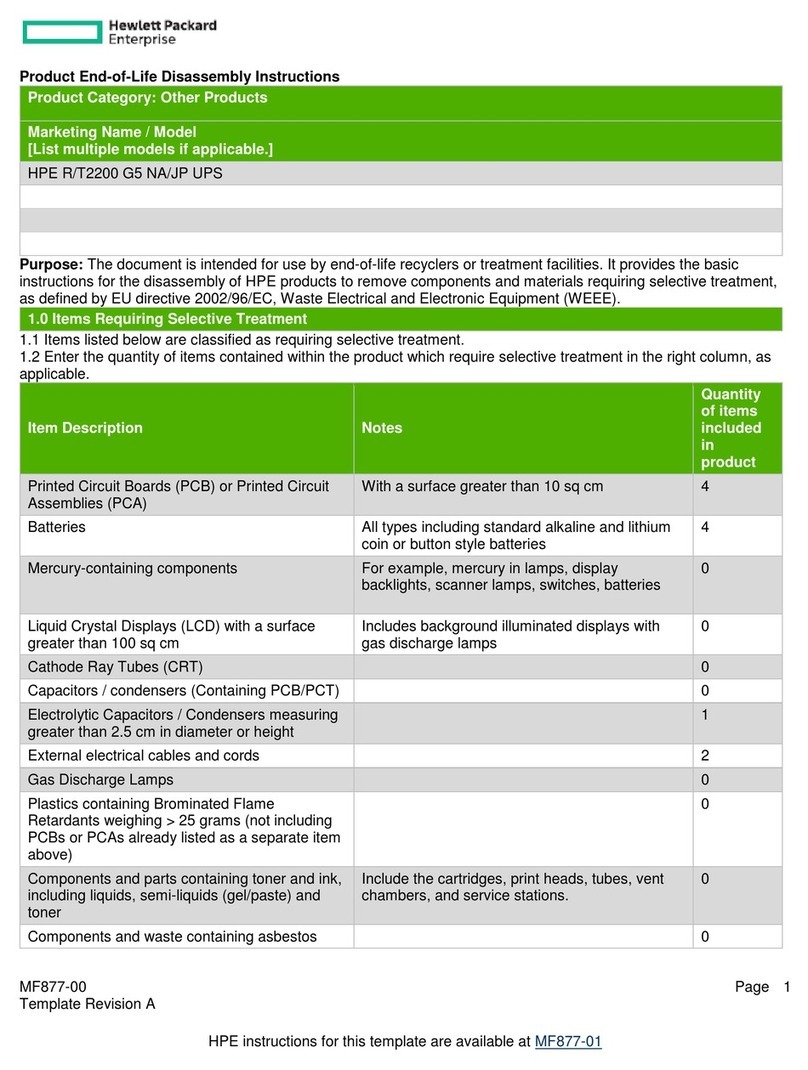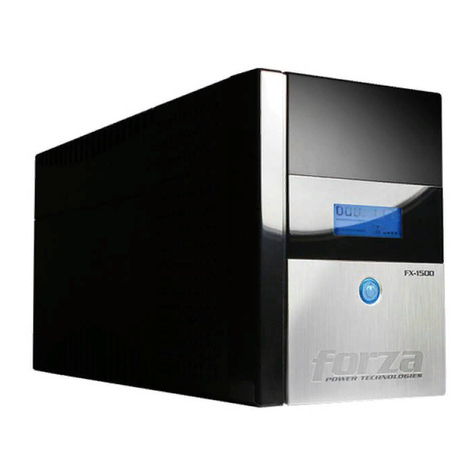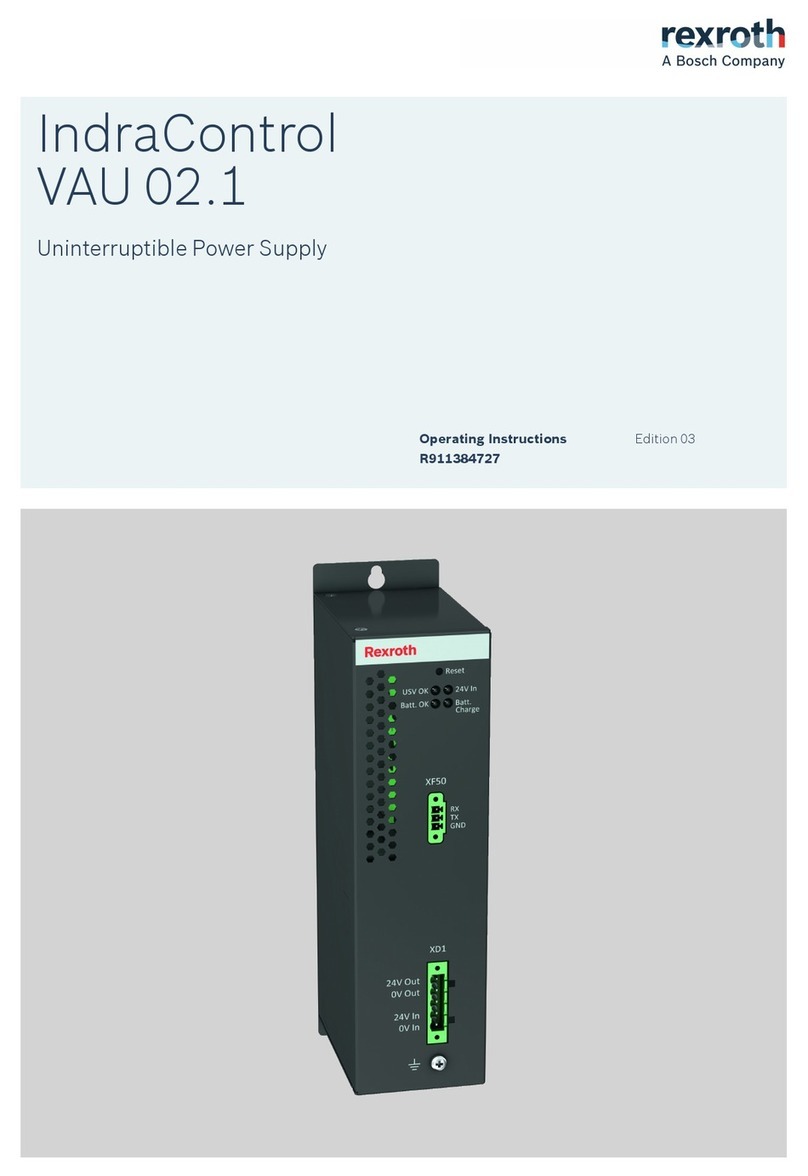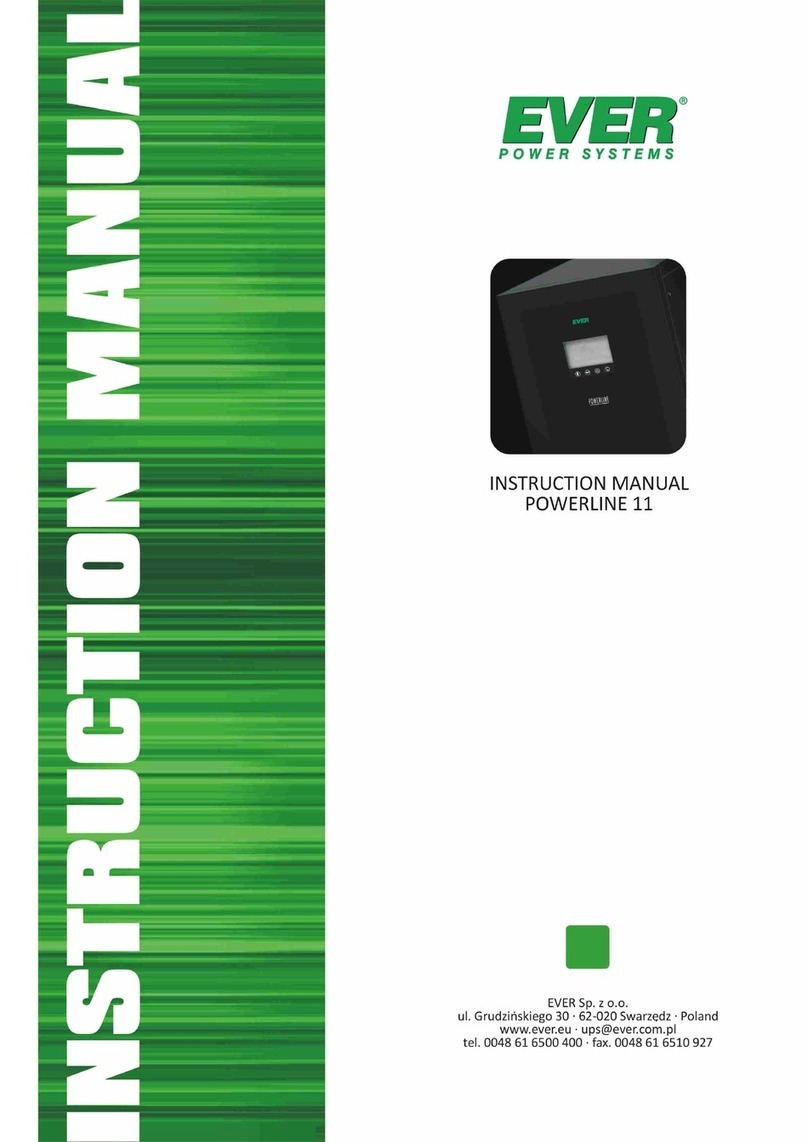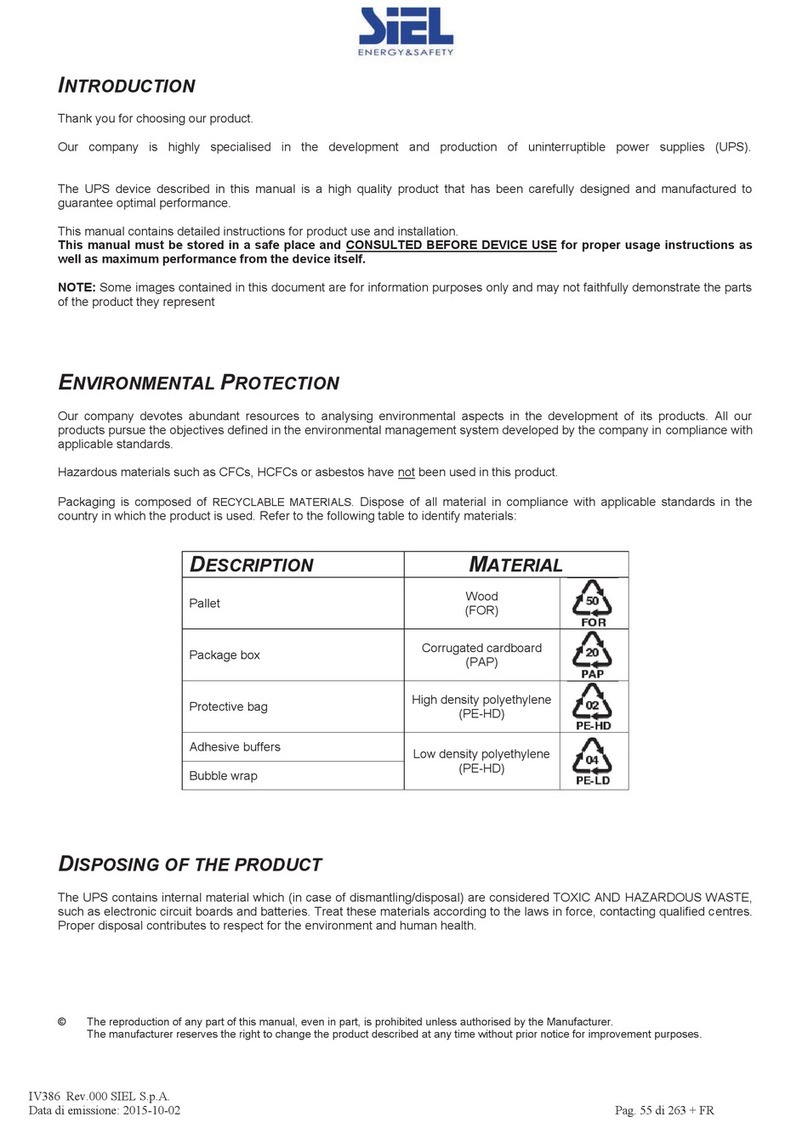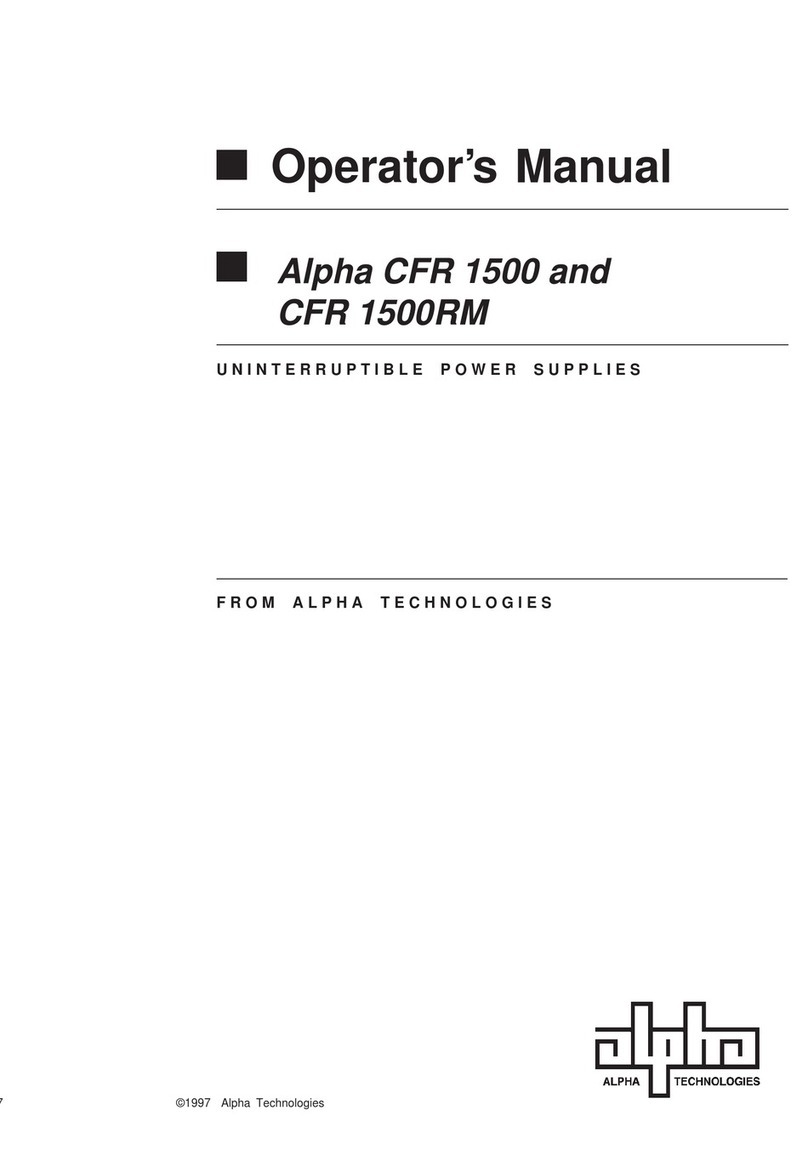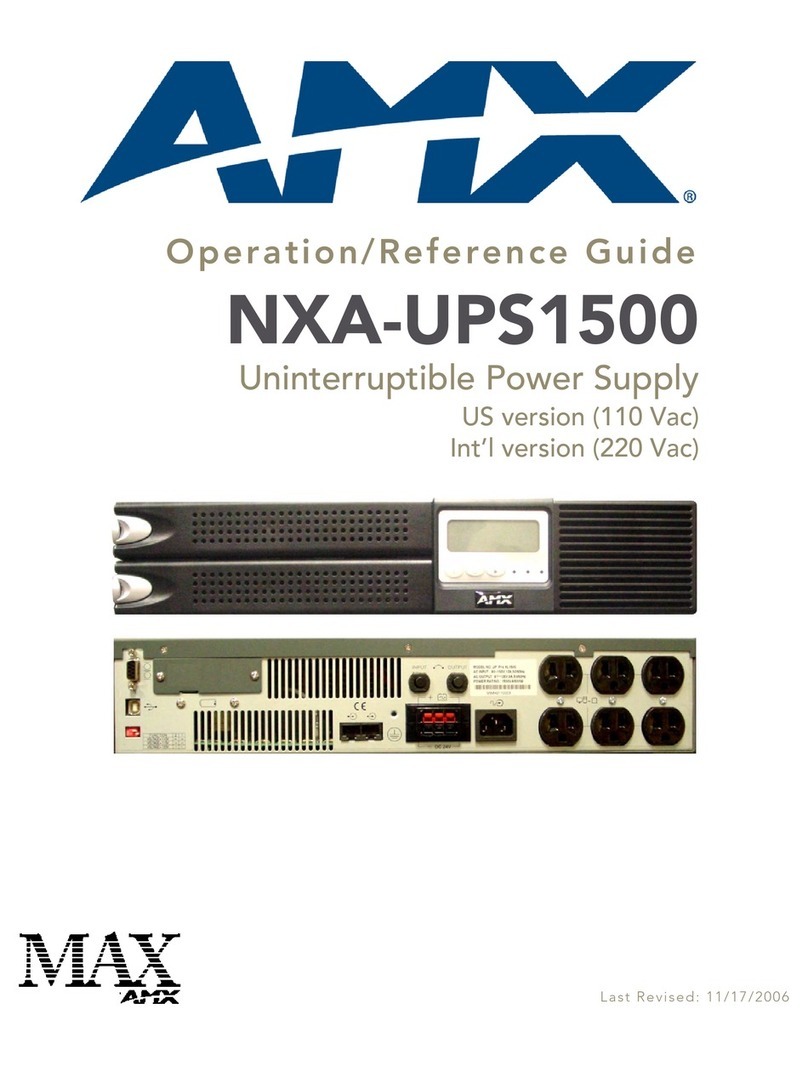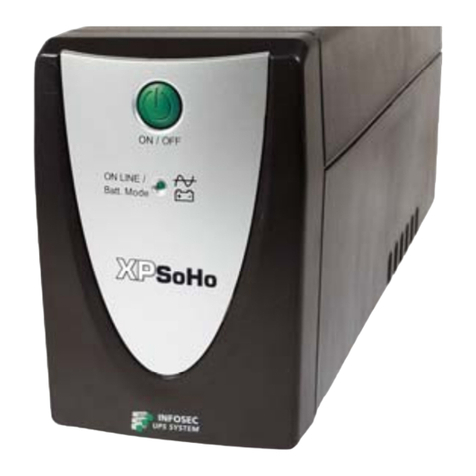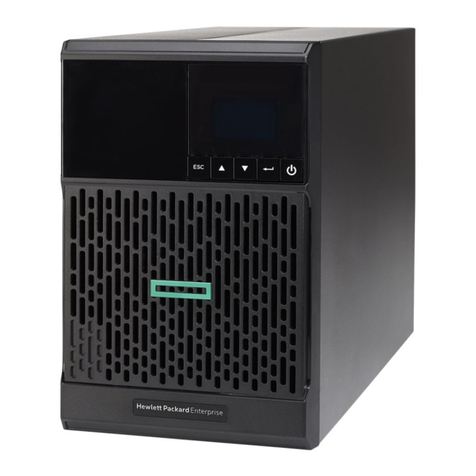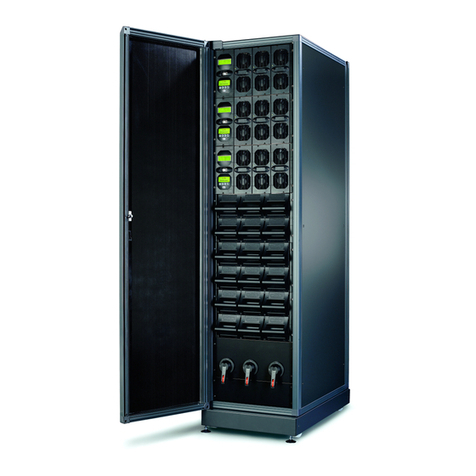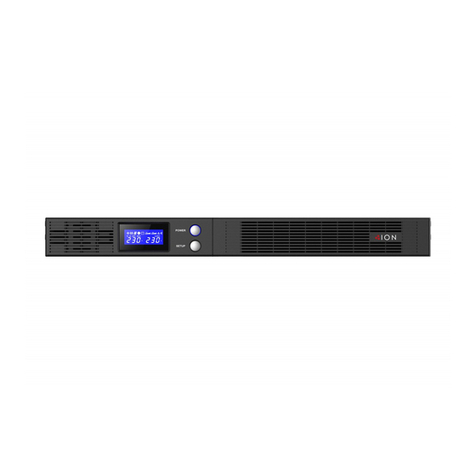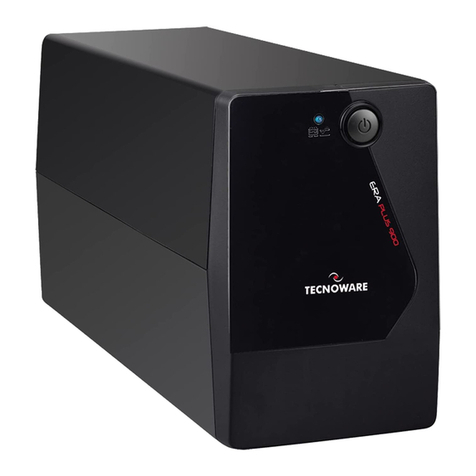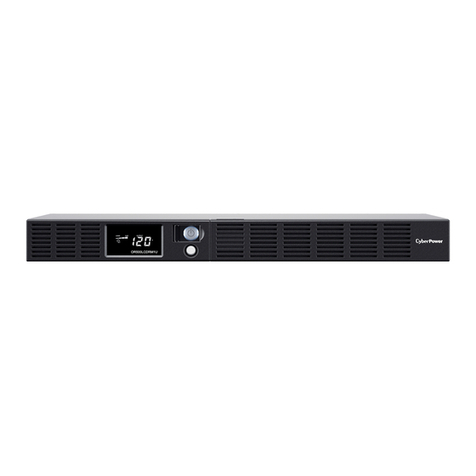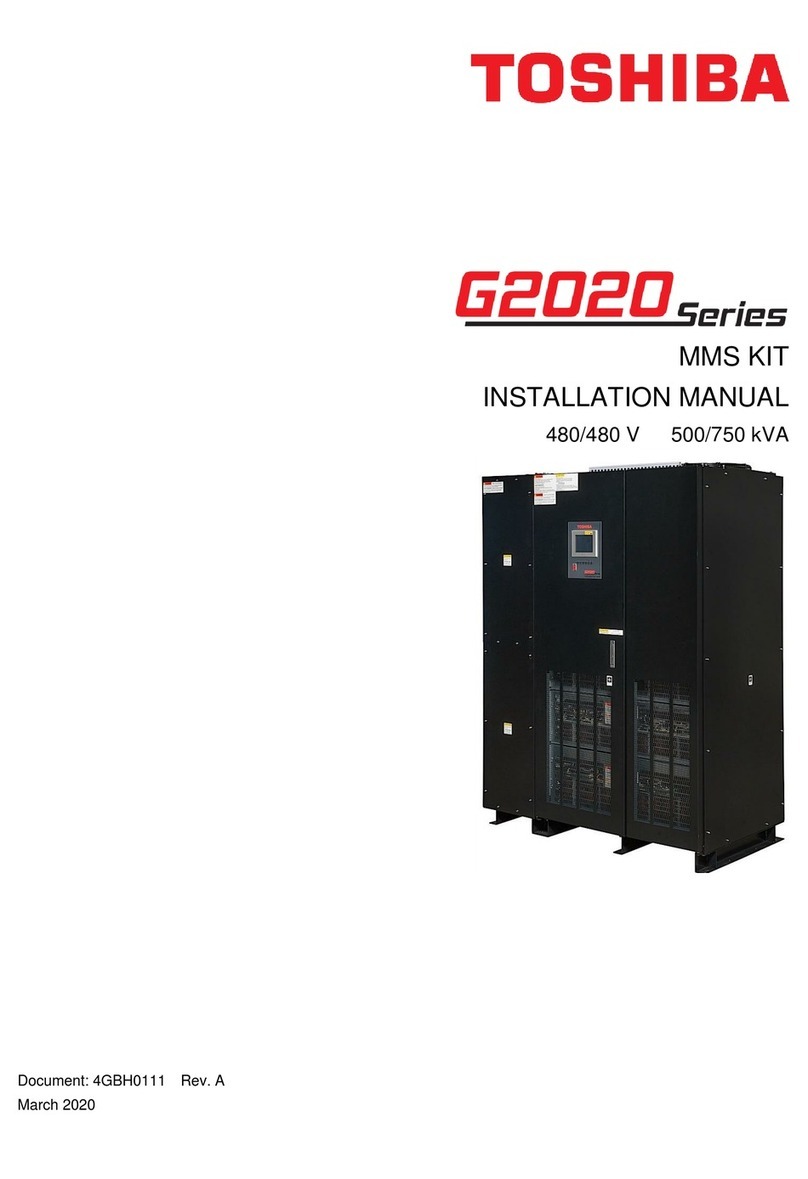
IV420E Rev.00 SIEL S.p.A. Installation and user manual
Date of issue: 2019-01-29 Pag. 2 di 72+ FR
Contents
1.Safety............................................................................................................................................................3
1.1 Safety notes .......................................................................................................................................3
1.2 Symbols used in this guide............................................................................................................4
2.Main Features.............................................................................................................................................4
2.1 Summarization...................................................................................................................................4
2.2 Functions and Features..................................................................................................................4
3.Installation...................................................................................................................................................5
3.1 Unpacking and checking ................................................................................................................5
3.2 Cabinet Outlook ................................................................................................................................ 6
3.3 LCD control panel........................................................................................................................... 11
3.4 Installation notes............................................................................................................................. 11
3.5 External Protective Devices..........................................................................................................12
3.6 Power Cables...................................................................................................................................12
3.7 Power cable connect......................................................................................................................15
3.8 Battery connection.........................................................................................................................19
3.9 UPS parallel Installation.................................................................................................................20
3.10 LBS installation.............................................................................................................................21
3.11 Computer access..........................................................................................................................22
4.Operation...................................................................................................................................................24
4.1 Operation Modes.............................................................................................................................24
4.2 Turn on/off UPS...............................................................................................................................26
4.3 The LCD Display..............................................................................................................................31
4.3 The Display.......................................................................................................................................31
4.4 Display Messages/Troubleshooting...........................................................................................58
4.5 Options..............................................................................................................................................60
Relay card:..............................................................................................................................................61
Appendix 1 Specifications..........................................................................................................................62
Appendix 2 Problems and Solution..........................................................................................................64
Appendix 3 USB communication port definition .................................................................................. 65
Appendix 4 RS232 communication port definition...............................................................................66
Appendix 5 RS485 communication port definition...............................................................................67
Appendix 6 Optional port definition......................................................................................................... 68
Appendix 7 REPO instruction....................................................................................................................69
Appendix 8 Backfeed Protection...............................................................................................................70





















